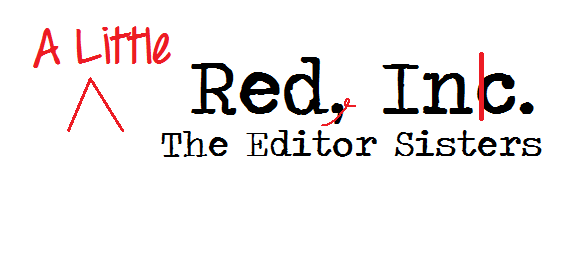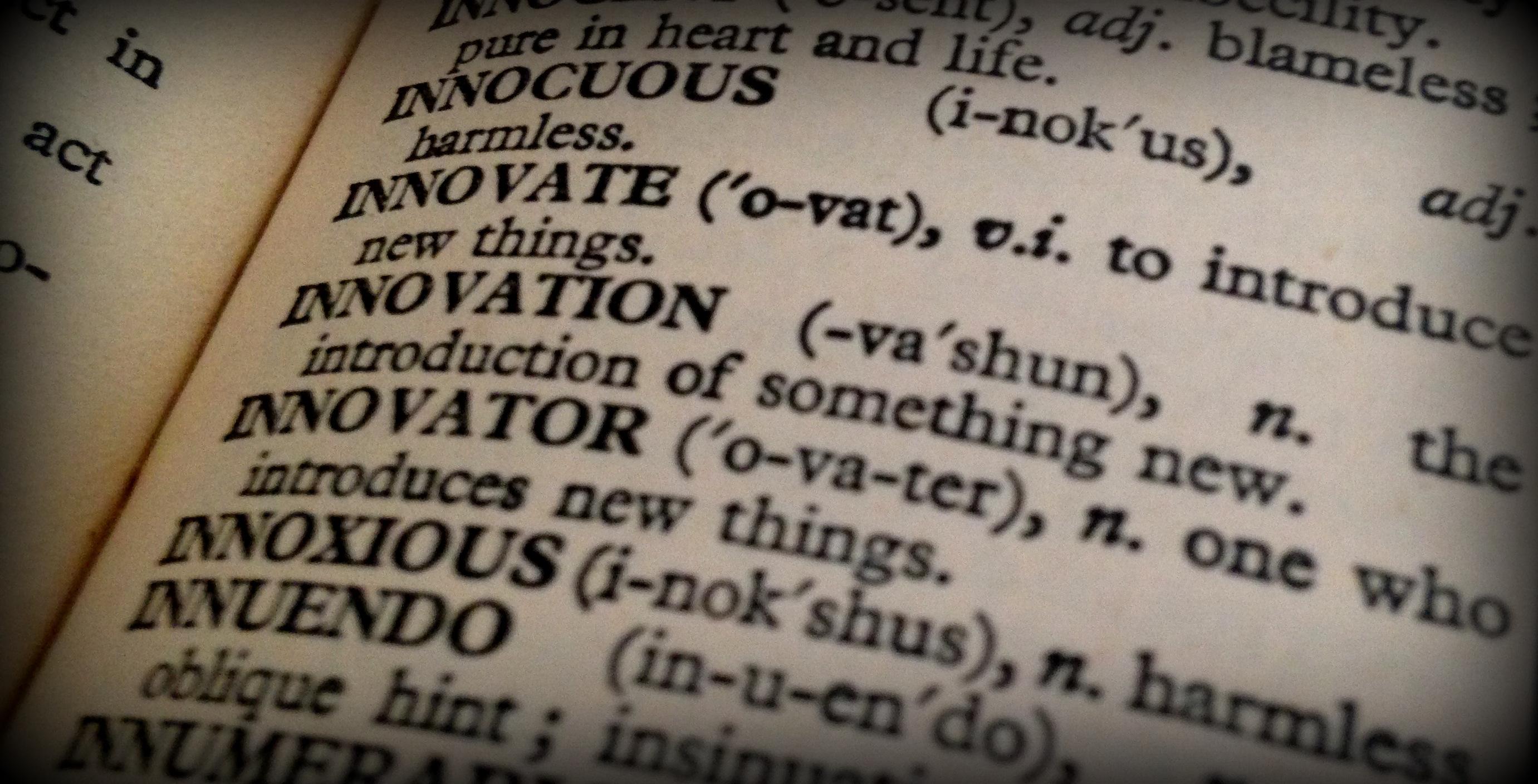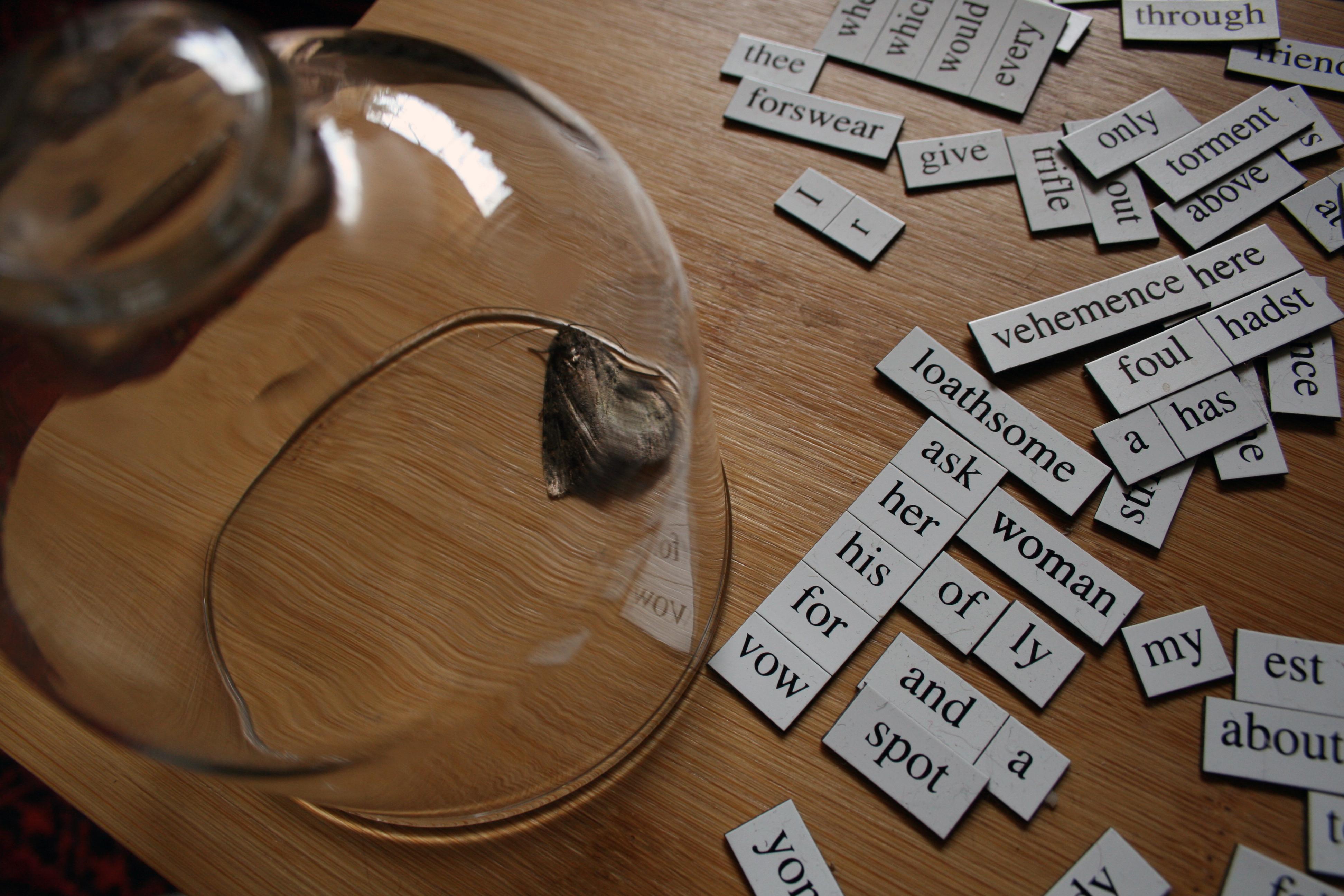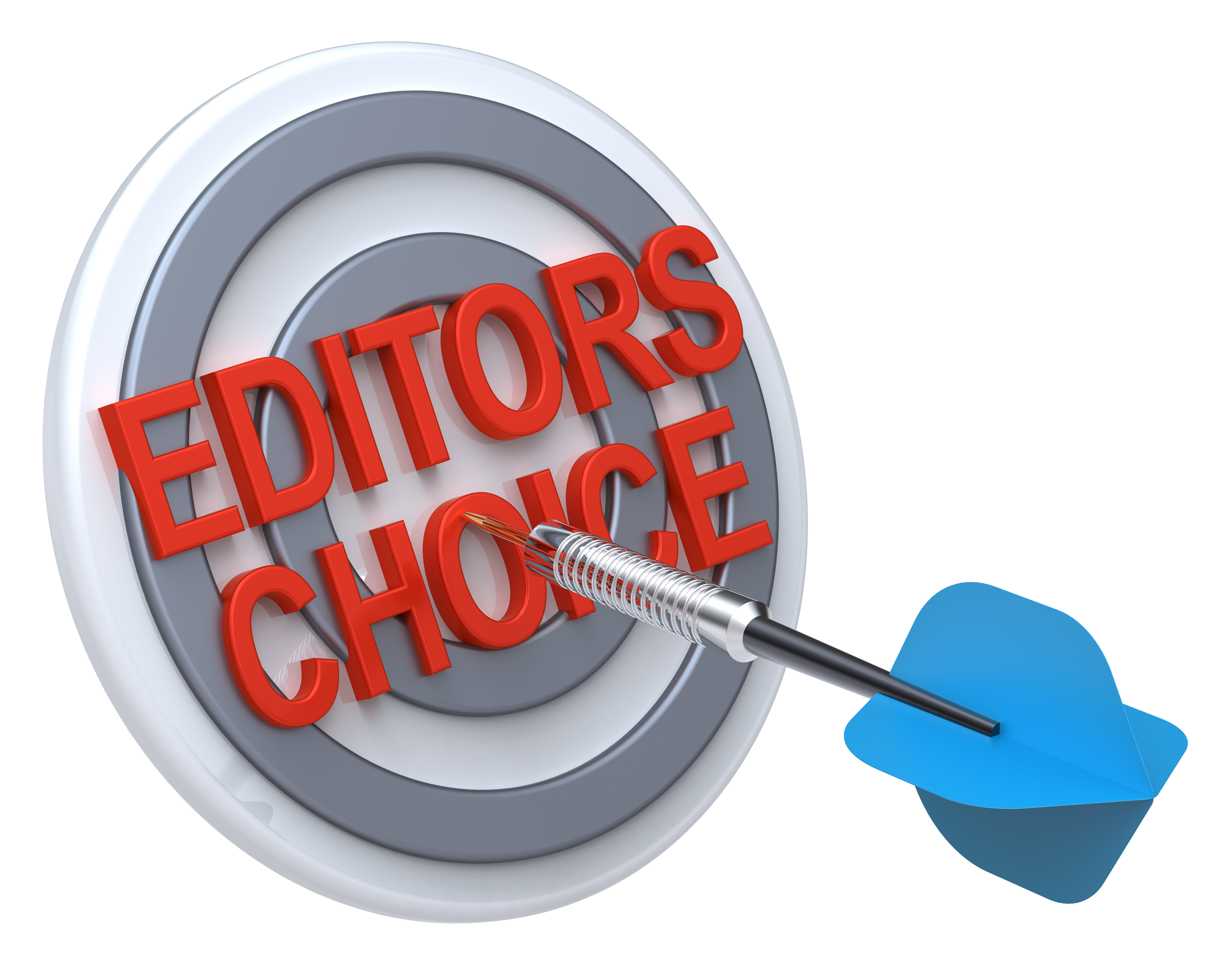
If I’ve Said It Once…
To paraphrase that wise king Solomon, “There’s a time and place for everything.” For writers, that includes repetition, despite…
October 24, 2015
To paraphrase that wise king Solomon, “There’s a time and place for everything.” For writers, that includes repetition, despite…
October 24, 2015
It’s a struggle authors frequently have. We write an article or blog post, and then comes the dreaded question,…
October 8, 2015
Choosing a freelance editor can be daunting. So many choices, so many possibilities. And if we’re honest? Many people…
October 2, 2015
by Alycia W. Morales When I started reading the Divergent series by Veronica Roth, friends were conflicted over the…
September 25, 2015
What’s wrong with this sentence? Me and Cam finished the Army Ten-Miler. Me should be I, right? Easy. Most…
September 18, 2015
Last month I introduced the concept of rhetorical devices. We started with a couple familiar devices that students of…
September 10, 2015
As writers, we do many things to capture what drives our characters. We’ll complete questionnaires detailing their likes and…
September 4, 2015
Let’s talk about apostrophes today. They’re little floating dots with tails that cause major problems for some people. Apostrophes…
August 30, 2015
Rhetorical questions don’t require (or deserve) an answer. Do they? But how about those rhetorical devices—those figures of speech…
August 29, 2015
by Alycia W. Morales Have you ever been reading a novel when it suddenly dawns on you that the…
August 24, 2015
Commas, commas, commas! There are so many rules, but the most common rule broken is creating a comma…
August 23, 2015
Today we’re going to talk about the benefits of tracking your writing submissions and learn an easy way to do…
August 21, 2015
Why hire an editor if you’ve got a great critique group and you’re a grammar stud? Answer: A fresh…
August 20, 2015
Punctuation and grammar come easily to me. I remember rules from elementary school, can recite a whole list of…
August 10, 2015
Thanks to computer technology you no longer need to be a great speller to be a writer. If you…
July 30, 2015
Hello, I’m Hope. A long, long time ago I used to teach English on the college level. I taught…
July 29, 2015
There’s nothing more daunting than a blank page and no idea where to go next. Over the next months…
July 22, 2015
Ever ask a friend’s, relative’s or colleague’s opinion on something you’ve written? You wait patiently, trying not to stare,…
July 19, 2015
When you write dialogue, think like a screenwriter. Every minute of screen time, every word counts. Don’t add fluff. …
July 10, 2015
Looking to spend more time on your writing? A little organizing can help you write more. Organized writers are…
July 7, 2015
“Hi Their [sic]” were the two words I read. “Bye There!” was the instant reply in my head. Really?…
June 26, 2015
One of the key ingredients you should look for when hiring an editor is a love of reading. I…
June 25, 2015In our techno-happy world, we frequently seek the latest gadgets or apps to make our lives easier. However, sometimes…
June 22, 2015
Everybody wants something. Why do YOU want to write, for example? Maybe you want to write a book for…
June 12, 2015